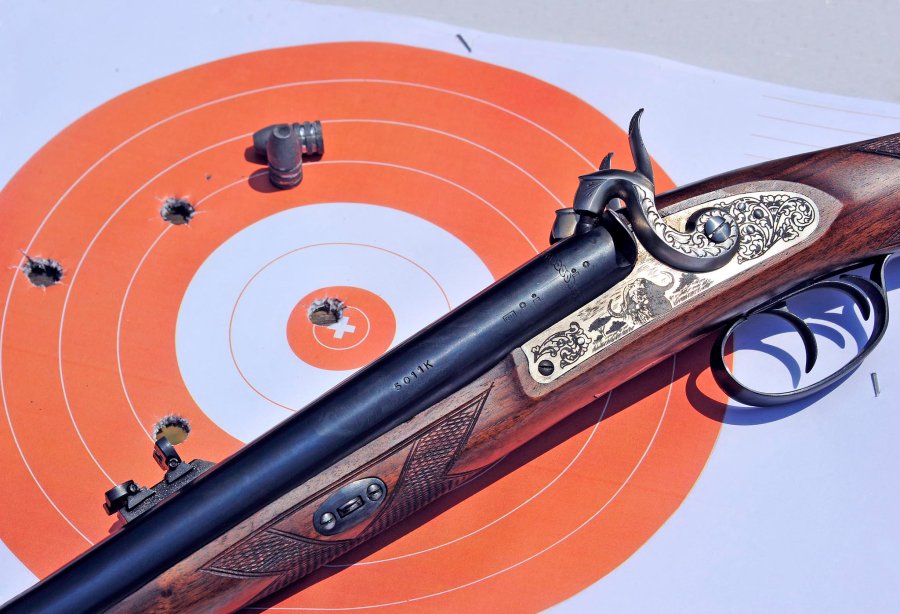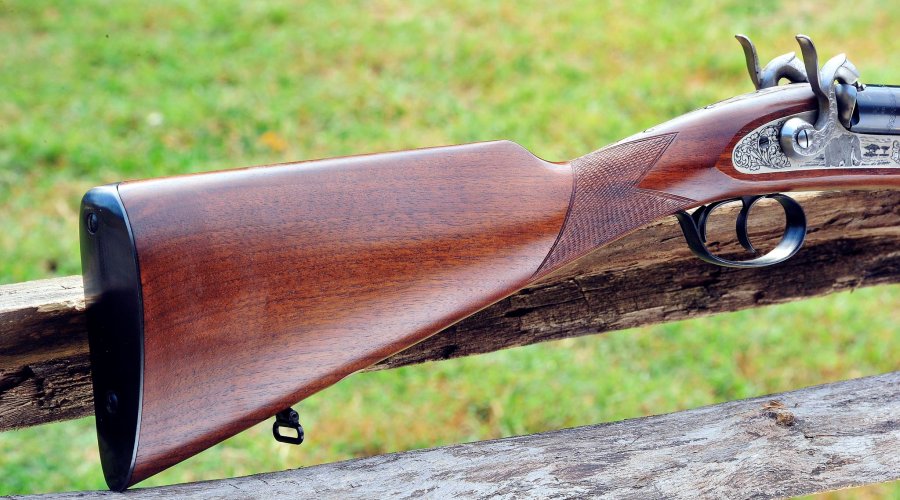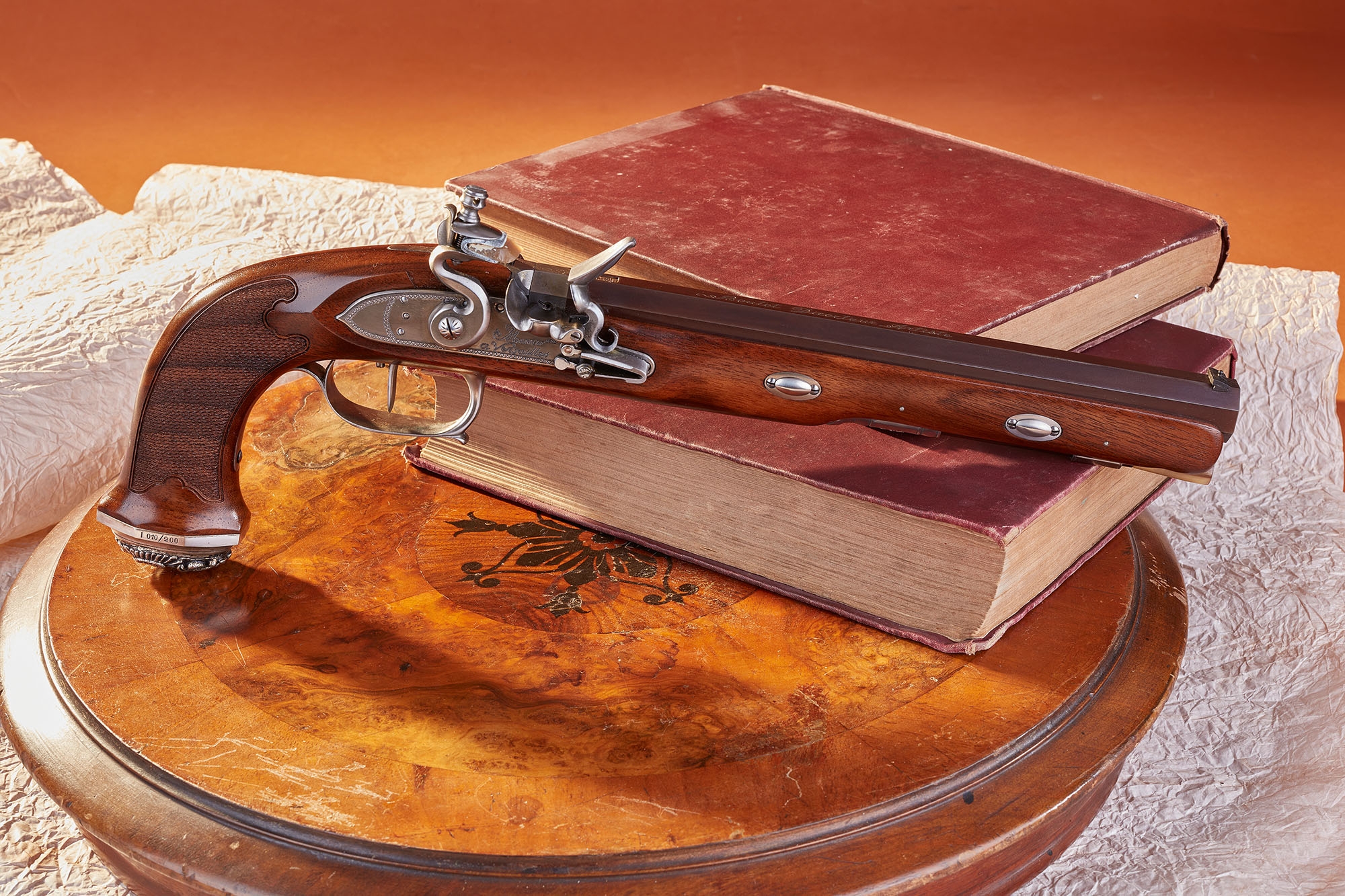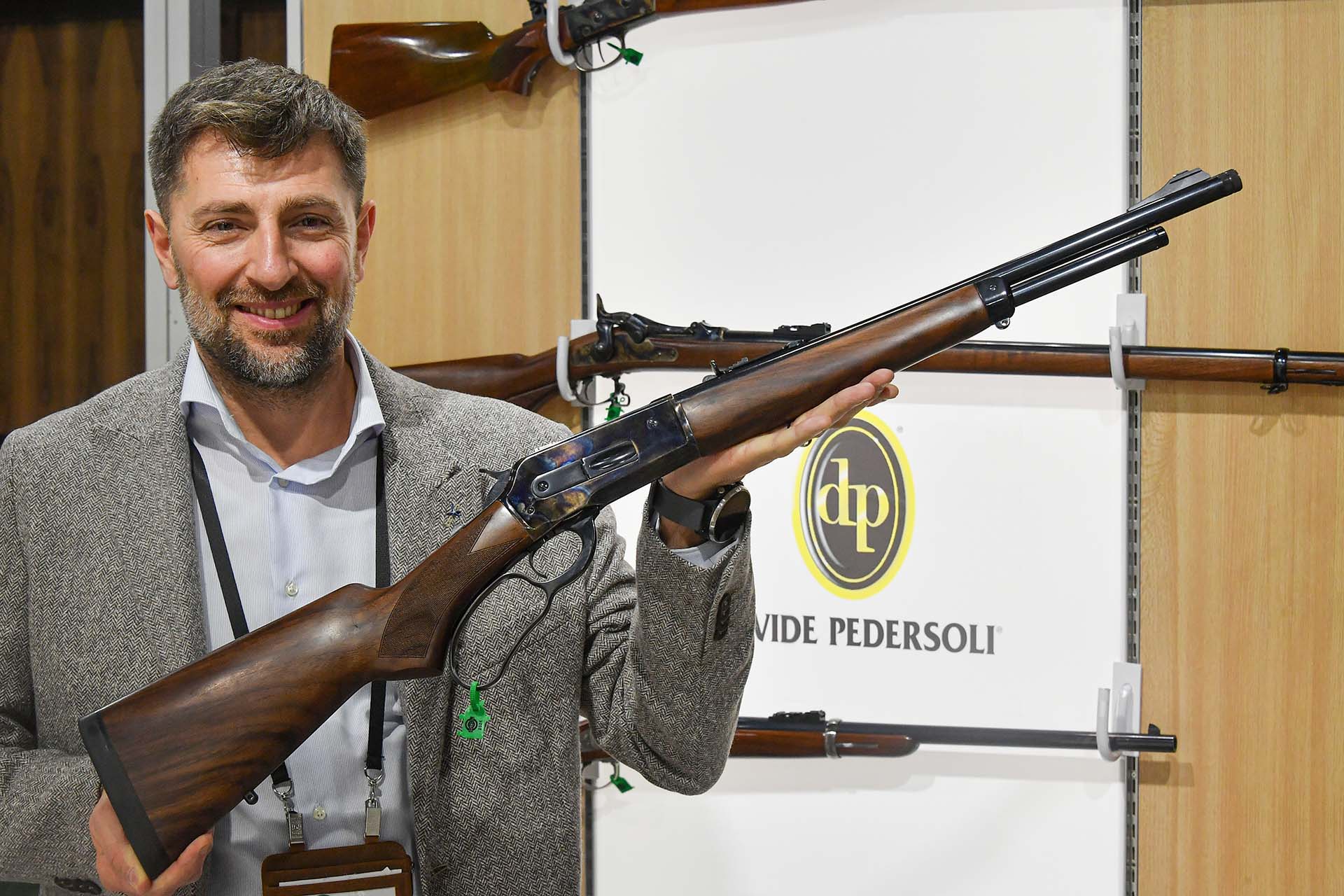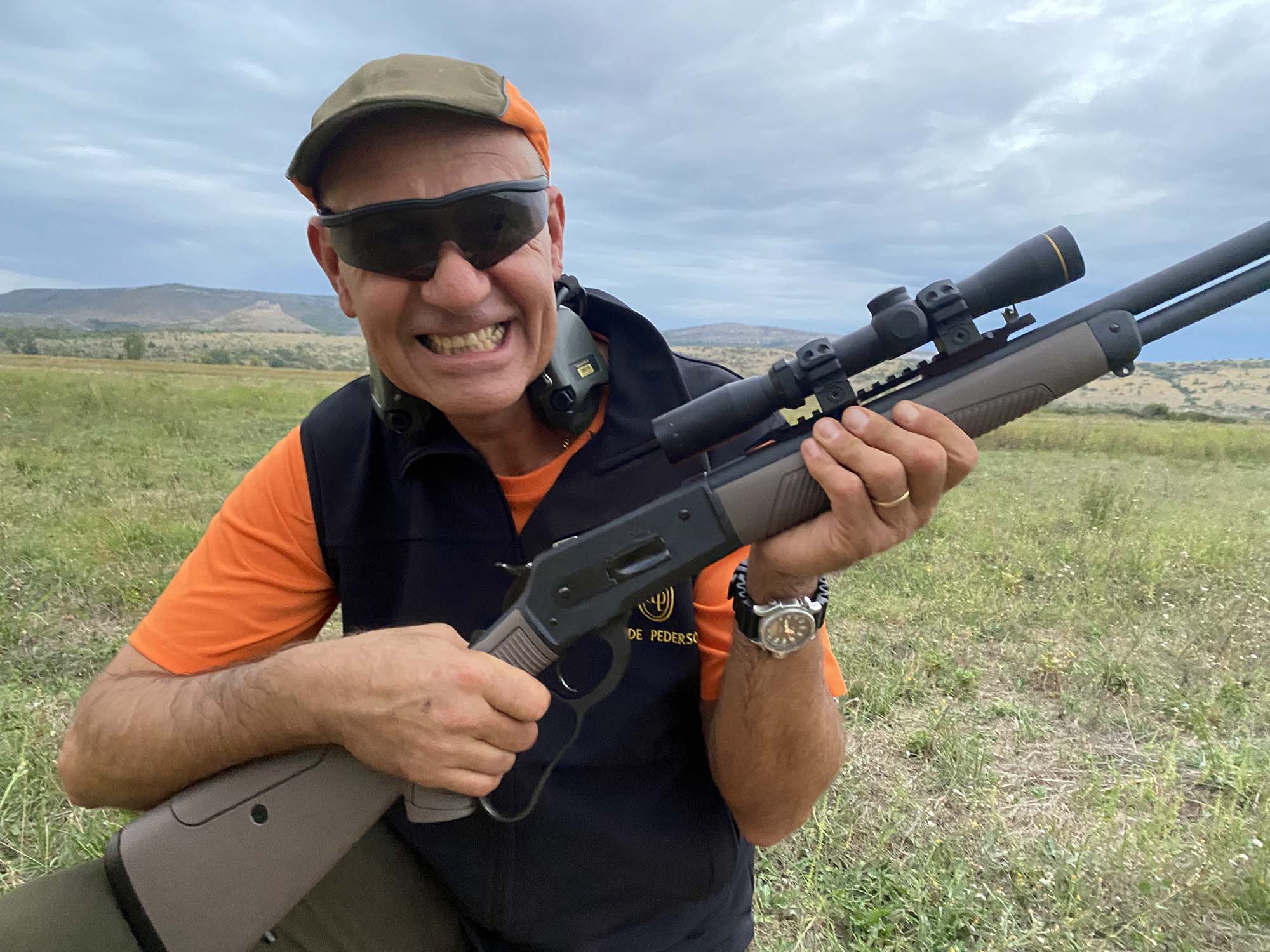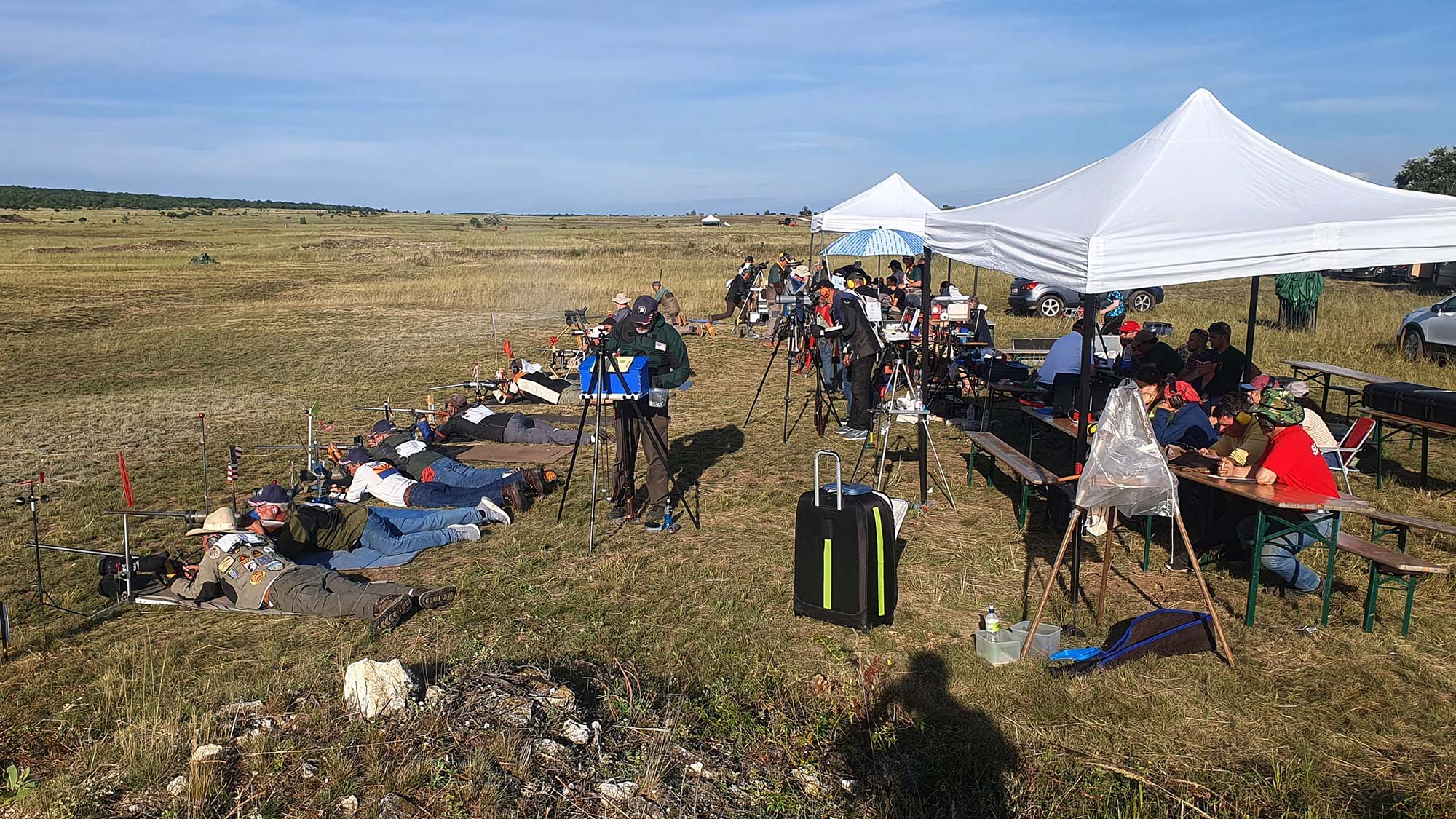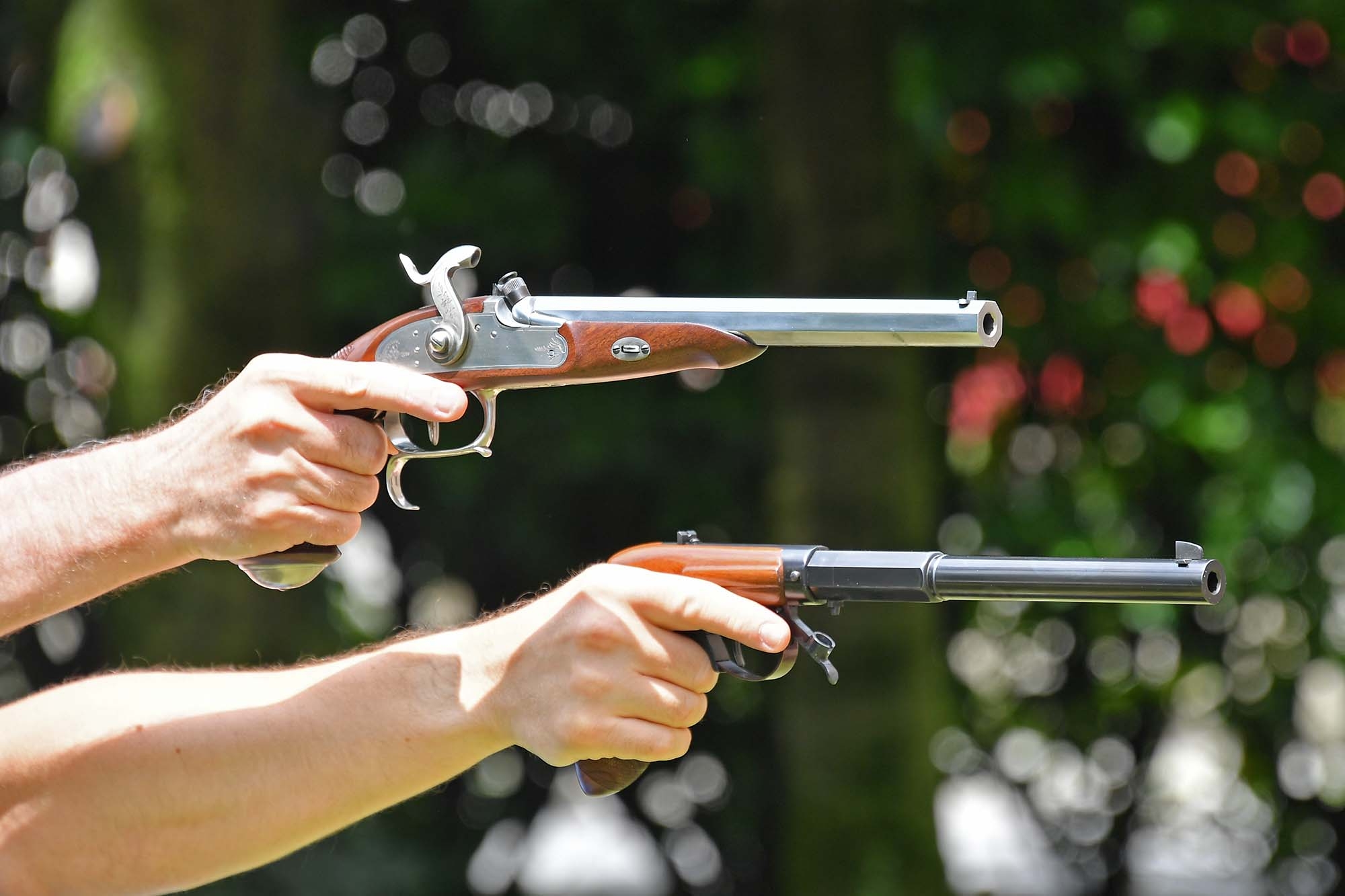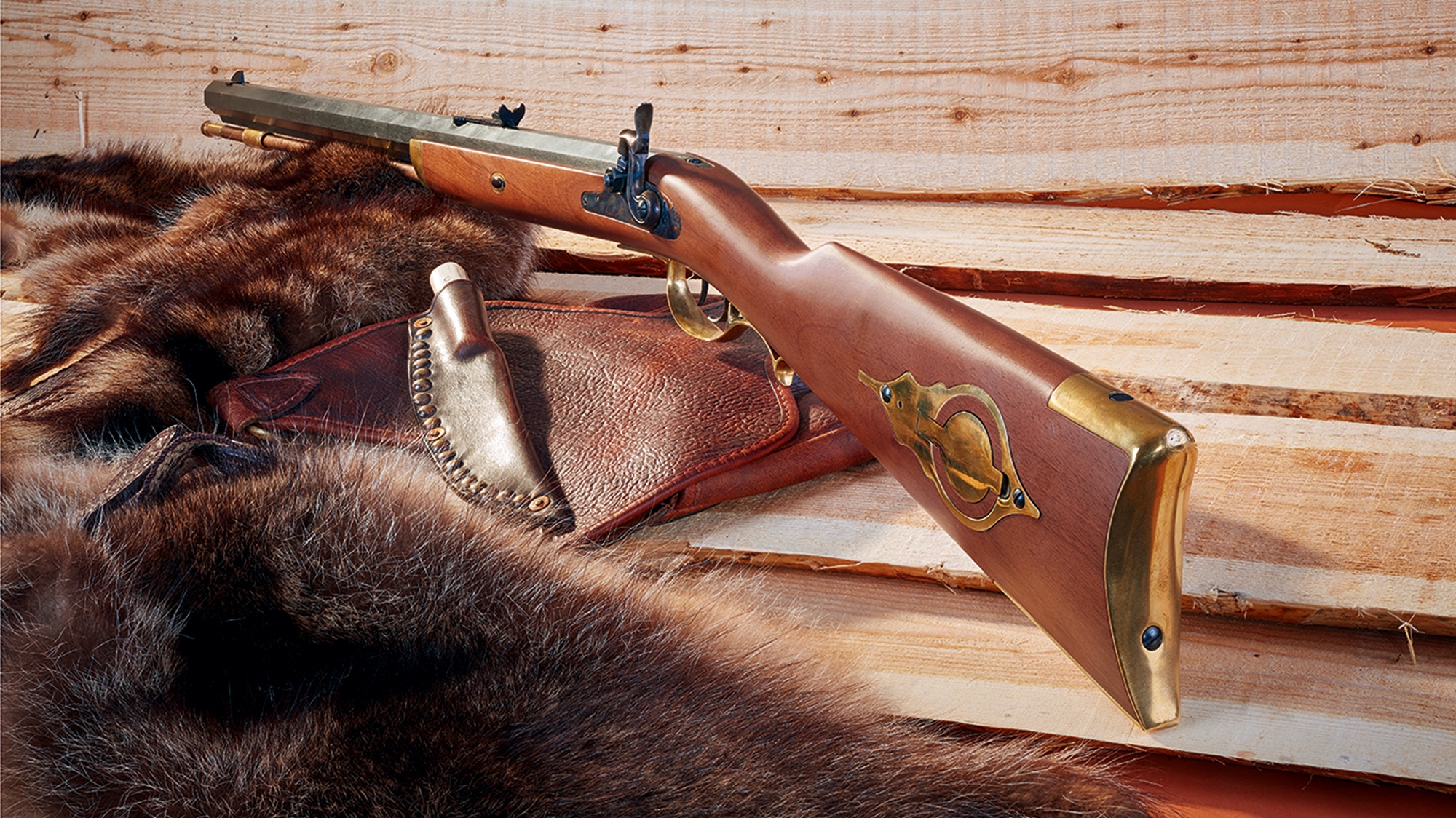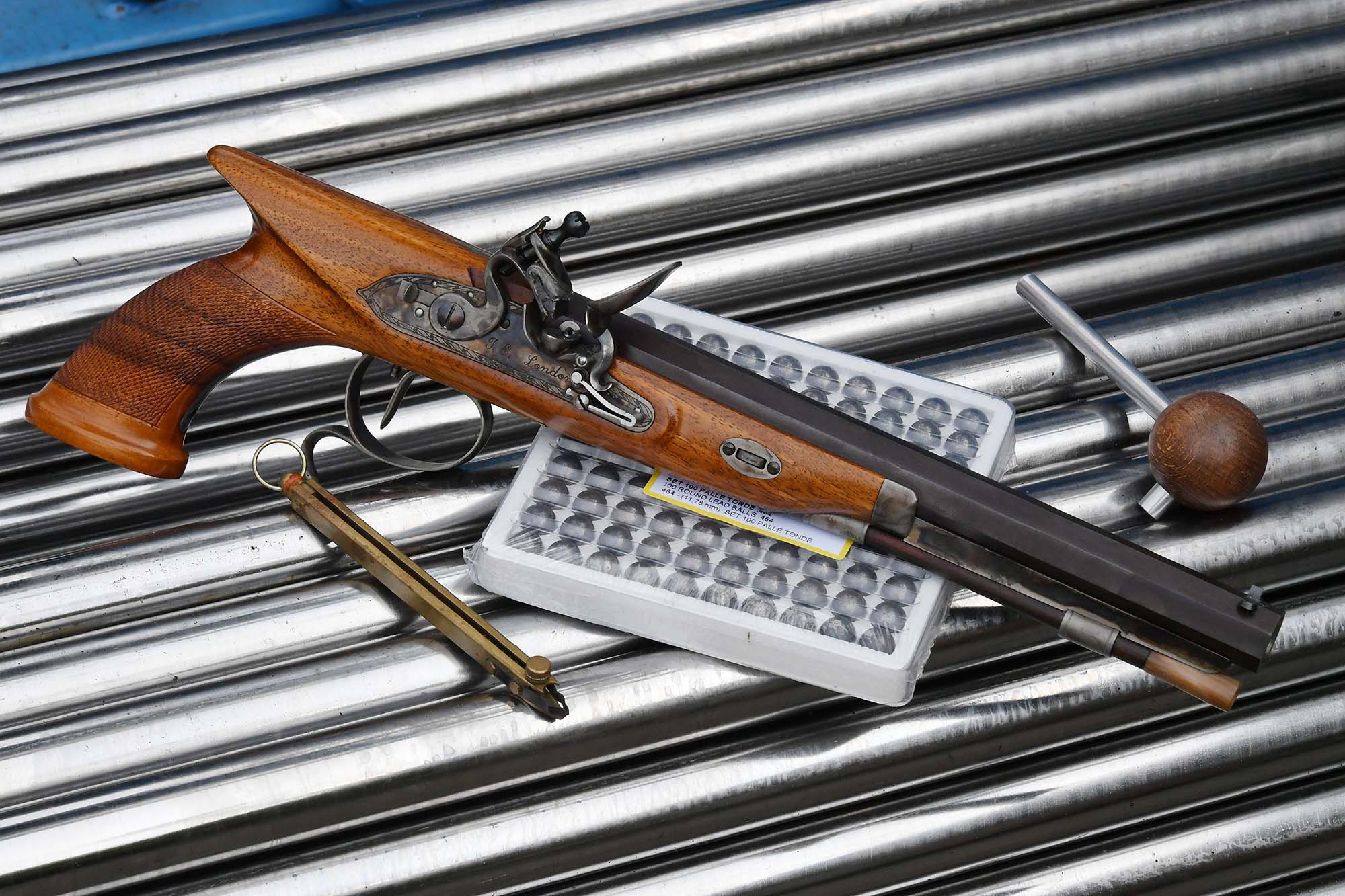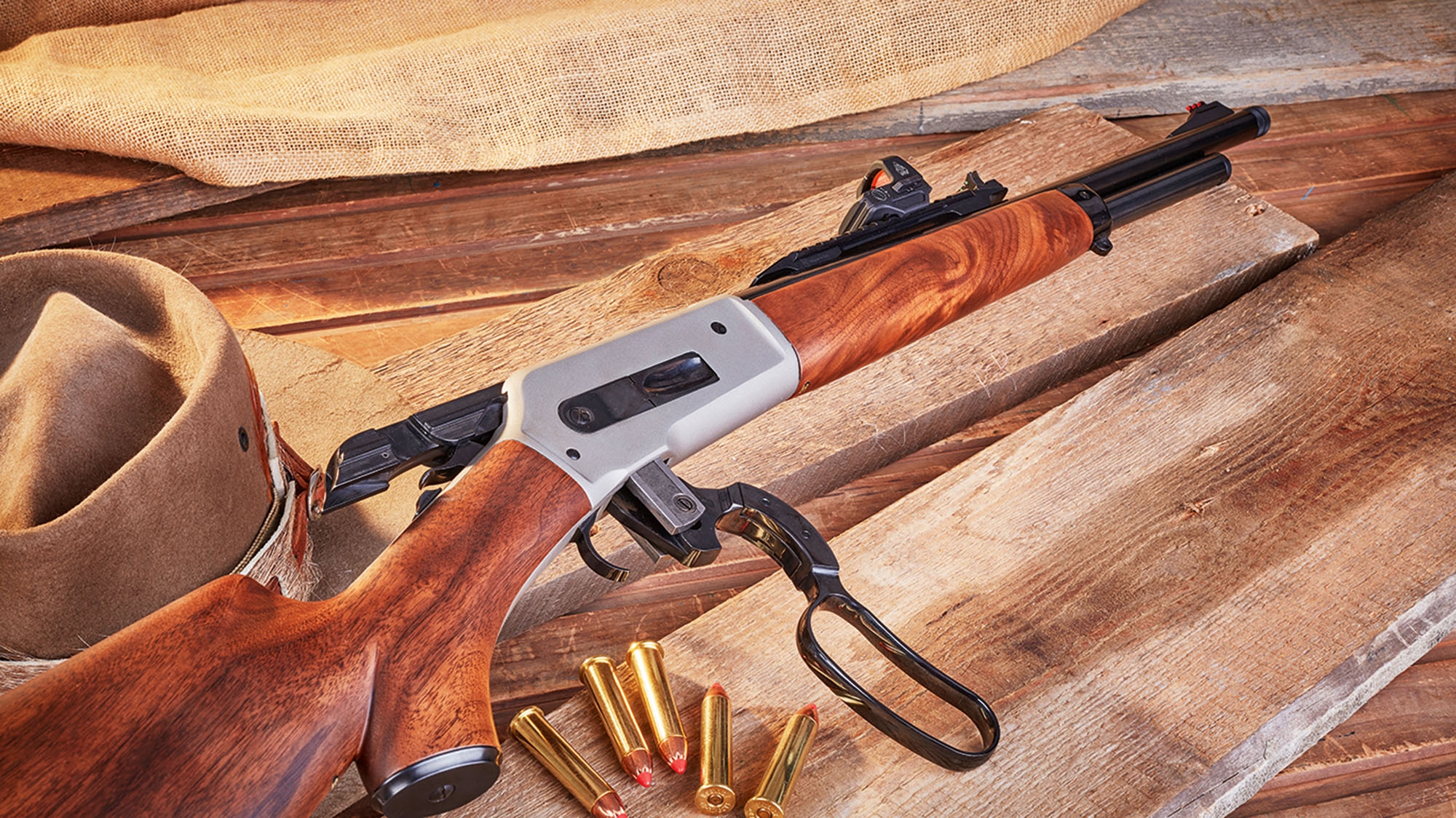The express rifle was born in the second half of the XIX century, created by the same James Purdey that was to become one of the most famous gunsmiths of the British Empire. It was a weapon meant to fire a fast, big caliber bullet, to take care of big game.
The name came from “express train”, which in those times, when airplanes and cars were yet to come and a good thoroughbred horse was the epitome of speed, was the fastest vehicle in the world.
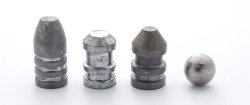
Smokeless powder had not been invented yet, and these early cartridges were loaded with massive doses of black powder to obtain high speed and great hitting power.
These rifles were meant to be used at very short distance, for hunting dangerous game in the african bush or south asian jungles: they had to be fast not only in terms of bullet speed, but also in terms of pointability and second shot follow up, should the first one prove insufficient or miss.
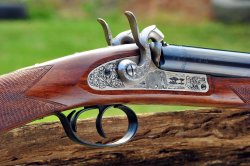
For this reason the double barrel parallel gun was deemed the best arrangement, as it was (comparatively) light, easy to use by anyone who had familiarity with the common fowling piece, and had for a century proved itself as the best solution for instinctive aiming and a quick second shot.
Italian muzzleloading wepons firm Pedersoli has had a muzzleloading express in its catalog for many years, the Kodiak Mk III.

A fearsome weapon, capable of considerable power, it is a very fine hunting gun but for a single aspect: it’s quite nose-heavy and, as a consequence, a bit on the sluggish side when it comes to fast transverse movements.
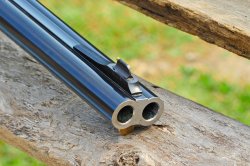
The solution to this problem has been simple, yet very effective and consists in shortening the barrels from 725 mm to 615 mm, removing more than a pound of steel where it is at its heaviest: at the very end of the gun’s barrels.
From a ballistic point of view it’s no great sacrifice while, as it comes to handling, the difference is radical. Where the Kodiak Mk III is as said quite nose-heavy, the MkVI is perfectly balanced and points naturally and easily.
Available in .50, .54 and .58 caliber, it’s surely a hard hitter.
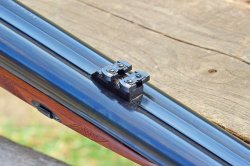
The gun is equipped with a fixed front bead sight and an adjustable double leaf rear sights, best suited for changing from either two shooting distances or two different bullet weights.
The leaf sights are sturdily built and itthey are meant to be zeroed, tightened and left alone.
The gun is very well made: the barrels have a dark gray deep, smooth blueing, while the locks and hammers are case hardened with good color contrasts.
The stock is made of nicely grained european walnut, completed by a silky oil finish.
Under the two massive barrels is stored a ramrod made of good, straight grained wood. Personally, even if it looks solid and very well made, I’d leave it to a purely cosmetic role, and substitute it with a far less glamorous, but far more sturdy aluminum or carbon fiber ramrod when it comes to hunting.
The locks appear to be very well made, with smooth action and a solid, neat sound when the hammer comes to the cocked position.
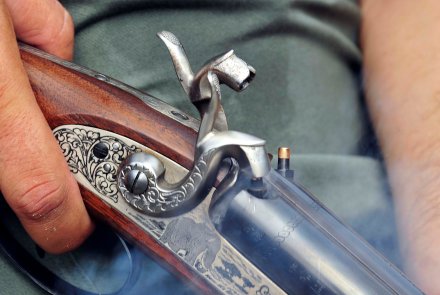
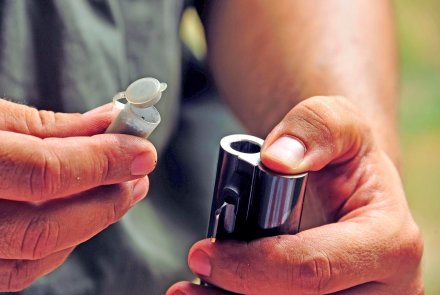
Each lock is fired from a different trigger, as it becomes to such a weapon, which should provide full redundancy, just in case…
I didn’t have the equipment to measure trigger weight, but it’s substantial, but also smooth and crisp, without any creep or grittines. A trigger on the heavy side is a wise choice for a gun of such power that will be fired in the heat of the moment and, on the other hand, if trigger quality is good, the heavy weight won’t hinder accuracy. Safety is achieved through the usual half cock that, with external hammers, is all that’s truly needed.

The gun has been tested with conical and ogival bullets, each a 450 and 550 grainer respectively, liberally lubed with Pedersoli black powder grease and loaded on top of 100 grains of N.3 Swiss powder (that would be FFg in the usual bp grain notation).
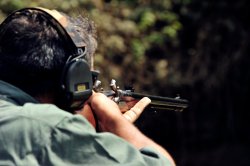
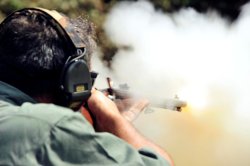
Pulling the trigger, the results are quite spectacular: a huge eruption of fire and smoke from the muzzle, a veritable thunder, that give the impression of holding some sort of volcano aimed at the target, and a recoil that is more a strong push back than the mule’s kick we are used to with some of the heaviest caliber rifles, and this even if we tested the gun from the bench, shooting from a sitting position that surely isn’t the most favourable as it comes to absorbing recoil, which is anyway undoubtedly mitigated by gun weight and by the thick rubber pad wisely affixed at the end of the stock.
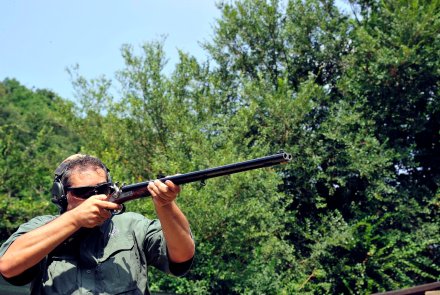
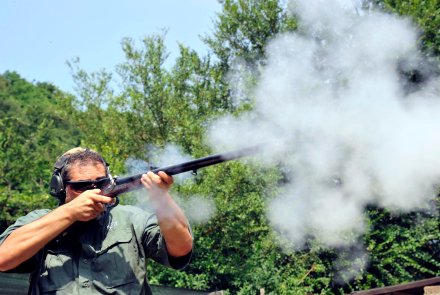
All in all, not unpleasant at all. The Kodiak obviously has not been designed with long shooting sessions from the bench in mind, but it won’t scramble up your brain inside your skull or bruise your shoulder as some more modern rifles do.
With such instinctive pointability and good ballistics, this rifle is surely suited to hunting a number of medium to big sized game all over the world, just as its forefathers of olden times did.
